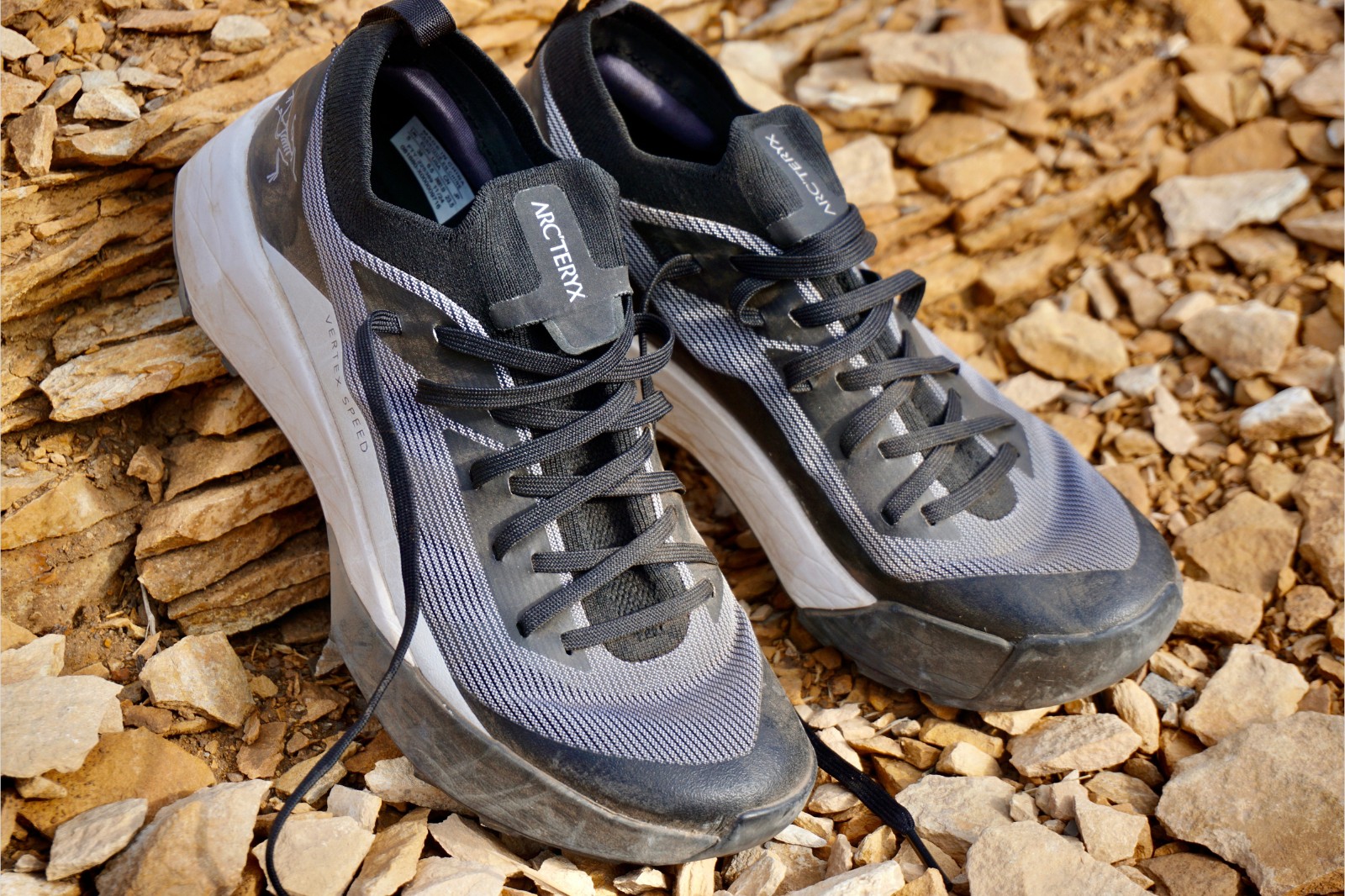
We independently review everything we recommend. When you buy through our links, we may earn a commission.
8.0 oz. (230 g) for a US M9 / 7.0 oz. (200 g) for a US W7.5
23 mm in heel, 16 mm in forefoot (7 mm drop)
Light, fast alpine adventures
Matryx upper, knit collar to block debris, Vibram Litebase outsole
Available now for $180















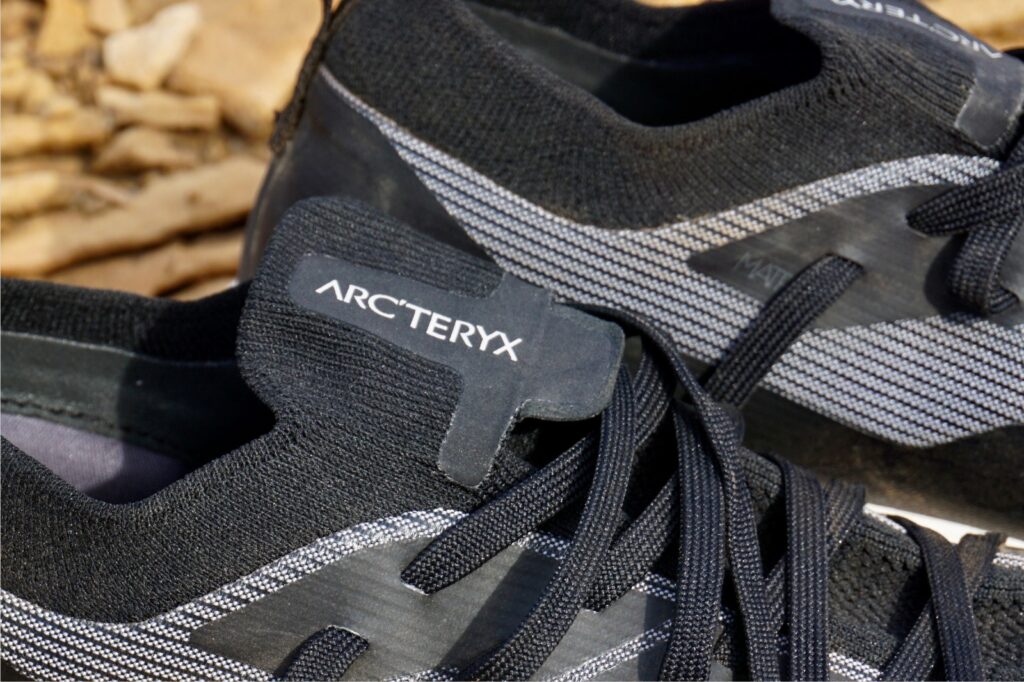
MICHAEL: In the wide world of outdoor footwear, it’s interesting to think that we as trail runners really only see and experience a small percentage of what’s out there. Seriously, we’re like Disney World vacationers who only visit one of the four (?) parks during their weeklong pilgrimage to Orlando. Sure, we may think there’s a thousand great little attractions in our Magic Kingdom of trail running shoes (race day, technical, road-to-trail, minimal, etc.), but think about it, outside our park there are hiking shoes, hiking boots, sandals, ski boots, climbing shoes, cycling shoes and the list goes on. Much like trail running shoes, each previously mentioned category probably contains 5 to 10 subcategories of its own. That’s a lot of shoes, folks.
So, where am I going with this? Despite all the different shoes out there, I think it’s safe to say they have one thing in common: they are all made to enhance our movement outside. Naturally, this commonality begs the question: What do trail running shoes stand to learn from their hiking and climbing counterparts?
I’ve often thought about this when walking through an REI, and I imagine you, dear reader, may have done the same. What would happen if the precision fit and protective upper of this climbing shoe were incorporated into a trail running shoe? Or, what if this approach shoe had a more forgiving midsole and a lighter weight upper? As it turns out, unsurprisingly, Arc’teryx was wondering about that same question too.
Enter the Vertex Speed Low.
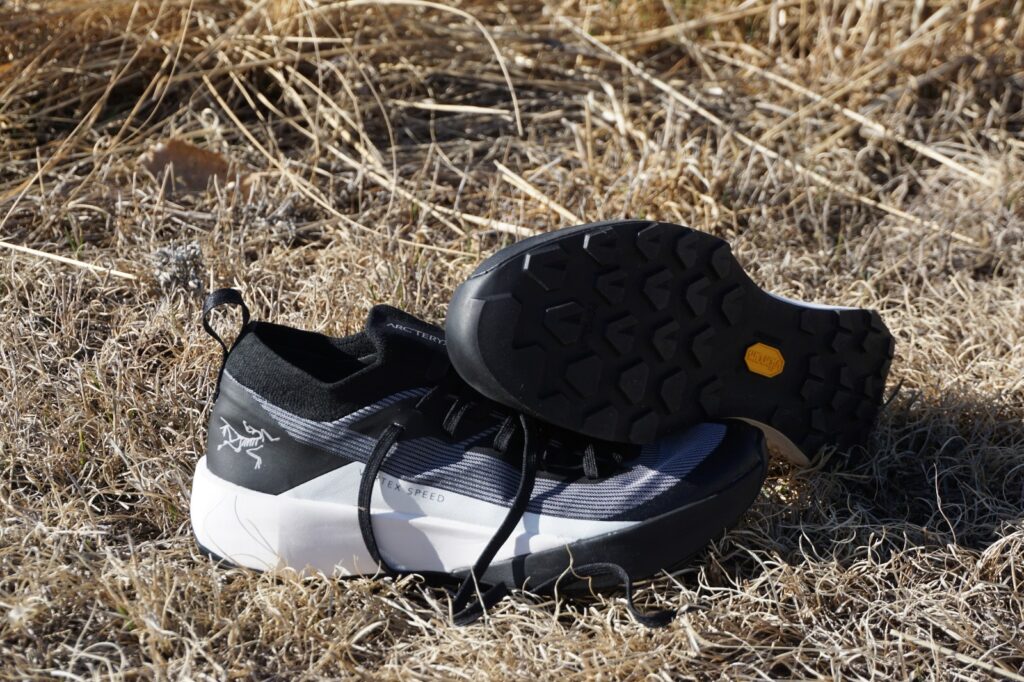
ALLISON: Arc’teryx isn’t exactly the first name that comes to mind when you think of footwear. Known more for their elite mountain gear—hard shells, alpine packs, and technical apparel—they’ve built a reputation on precision and performance in the harshest conditions.
So, when I heard they were stepping deeper into the footwear game with the Vertex Speed Low, I was immediately intrigued. Given Arc’teryx’s pedigree in designing some of the most refined gear for the mountains, I couldn’t help but be excited to see how that expertise would translate into a lightweight, technical trail shoe.
REESE: As Allison pointed out, Arc’teryx has built its reputation on being a premium mountain and alpine brand. Their attention to detail, especially in their jackets, which are the crown jewels of their lineup, is second to none. Trail running fits right into their DNA, but their footwear has always felt like the odd one out. I’ve loved just about everything they make, but the shoes? Historically, not their strong suit.
That said, the last time I laced up an Arc’teryx shoe — the Sylan Pro — I was genuinely impressed. It quickly became one of my go-tos. It felt like they were finally giving their footwear the attention it deserved. When the Vertex Speed Low showed up, it immediately struck me as classic Arc’teryx: sleek, minimal, and built with purpose. It was a lightweight approach shoe that made it clear that Arc’teryx gets the trail scene, and it fits who they are.
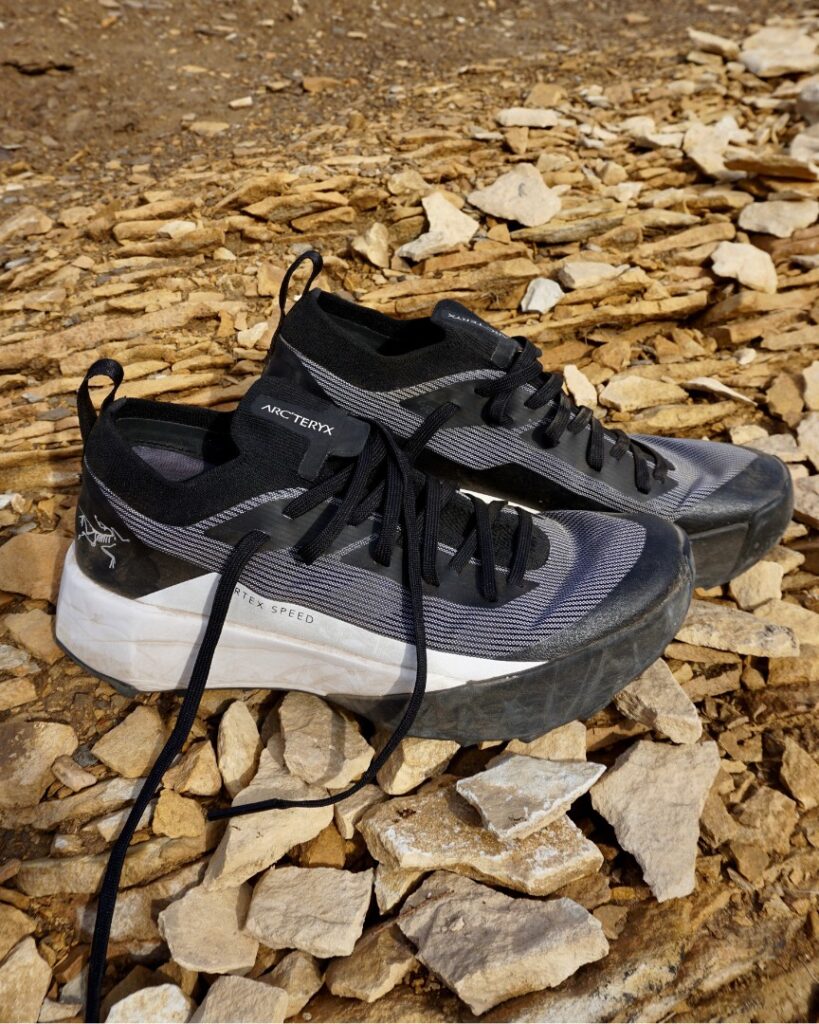
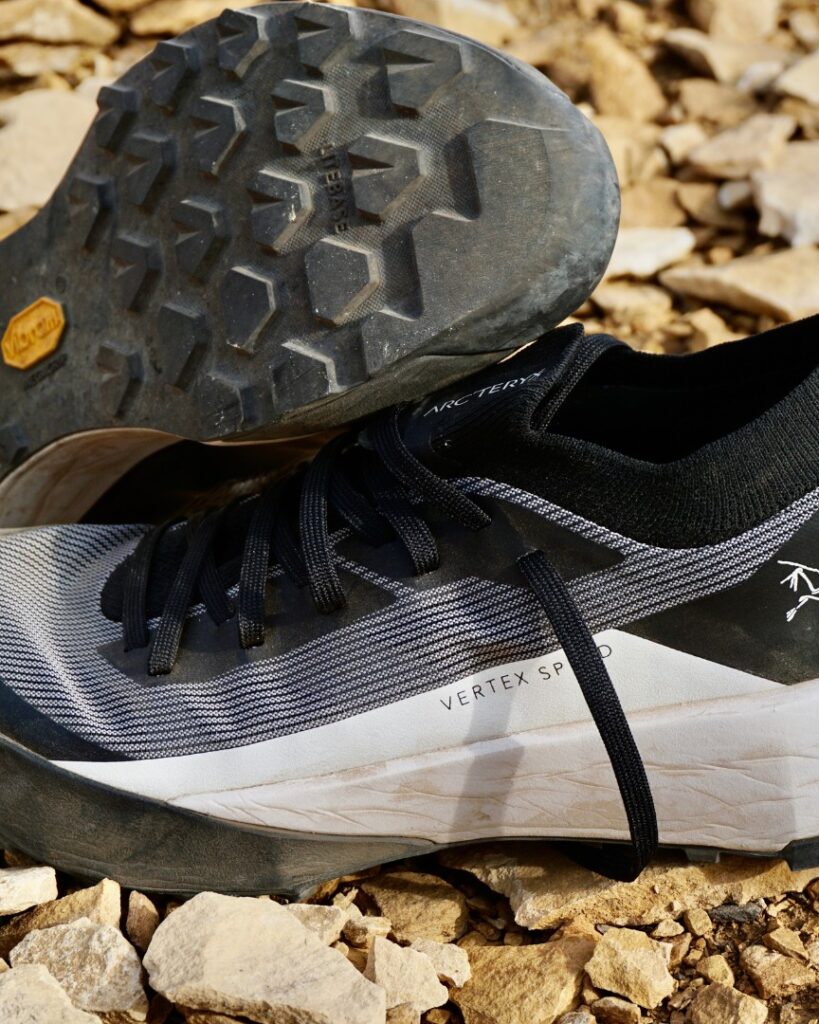
MICHAEL: Typically, when I review a shoe, I might start by discussing its upper, work my way down through the midsole, and finish with the outsole or vice versa. However, the unique climbing shoe-inspired look and construction of the Vertex Speed Low invite me to approach (no pun intended) this shoe from heel to toe.
Starting at the heel, you’ll find that the Vertex Speed Low feels and behaves like a normal, modern running shoe, featuring a sleek, minimally padded heel counter with a cushioned and responsive midsole directly underneath. Like any other shoe, the midsole is soft and exposed, allowing it to compress and rebound on steep descents. Above the midsole, a thin, yet surprisingly secure heel collar provides security, and despite the lack of cushioning evident to the naked eye, I found the achilles area to be quite comfortable and undoubtedly secure. An angled chevron lug pattern below provides braking and control on steep descents.
Moving onward toward the toe box of the shoe, we encounter the lacing chain, which is substantially longer and features more eyelets than most other trail running shoes. No doubt, this is likely influenced by climbing and approach shoe design, and I really, really enjoyed it in the Vertex Speed Low. For a shoe that exudes precision (both in its niche application as well as its own fit), this was a welcome feature. I firmly believe that a secure, next-to-skin fit is paramount for technical trail running, and the Vertex Speed has it in abundance.
Beneath this lacing chain towards the shoe’s forefoot, we come across a change in midsole appearance and function. Instead of the exposed, cushioned heel, Arc’teryx wrapped this portion of the outsole in Vibram Litebase compound, which extends up from the outsole to form a formidable layer of protection around the toe. Such a design is undoubtedly inspired by the looks of approach shoes, and I dig it. In addition to the visual changes, the midsole foam exhibits a noticeable difference in density. Instead of keeping things soft like the heel and midfoot (potentially introducing instability or imprecision in the forefoot), Arc’teryx firmed up the compound to instill even more confidence in every step.
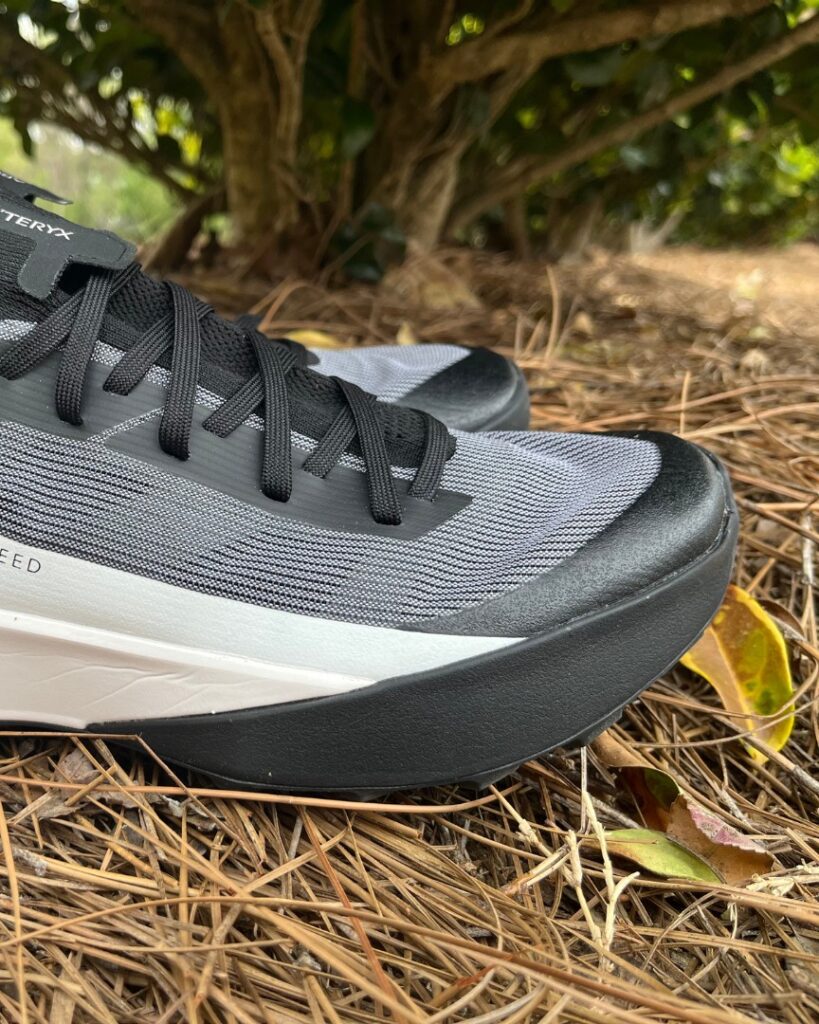
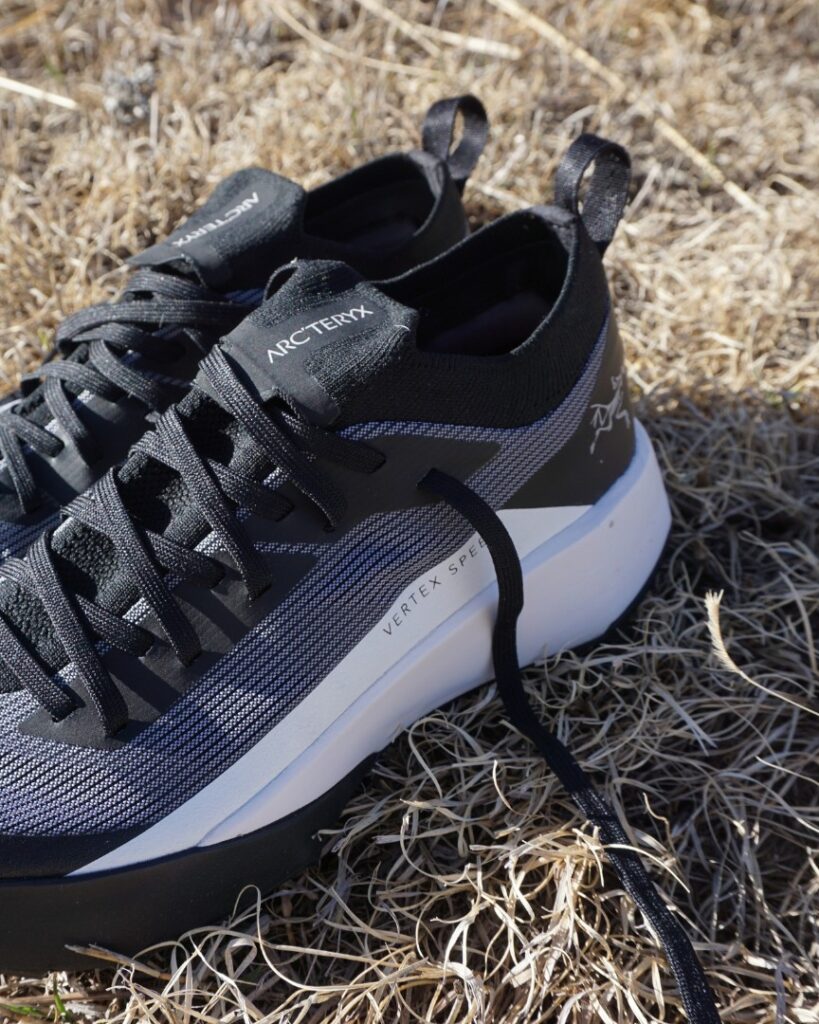
In our journey from heel to toe, I missed commenting on some important material choices here, both of which I think are perfect for this shoe. Firstly, the Matryx upper material is really something. It’s crazy lightweight, provides the perfect amount of flex, and is super durable and abrasion-resistant. Despite its harsh plasticity look, I found the fit to be quite comfortable and forgiving.
Down below, the Vibram Litebase outsole is a natural choice for a shoe made to scramble fast over rocky terrain. The dependable grip and large contact area of the lugs certainly lean more towards the direction of providing the maximal amount of grip when scrambling rock slabs in the alpine than they do digging into muddy terrain and loose trails. Simply put, the Vertex Speed Low is a shoe built for harsh, rocky trails, not mud-bogging in the bayou.
Ultimately, time fails me to talk about all the other aspects of this shoe I enjoy. I really love gear that is truly purpose-built, and the Vertex Speed Low is no exception. From the knit collar to the durable upper to the lug pattern and toe bumper, this shoe takes thoughtful inspiration from the climbing and approach world and creates a shoe that can run and scramble well without sacrificing too much cushioning and comfort on the descents. It’s a genius design, really, and one that I look forward to trying out on fast attempts of routes like the Old Rag FKT in Virginia (not that I’ll ever beat Jack Kuenzle’s time, but I’ll sure try!)
For background, that Old Rag route starts with a 1.5-ish mile climb (which the Vertex Speed Low is perfect for because it’s so sleek and lightweight), which leads into a 1.5-ish mile uphill rock scramble to the summit (making great use of the precise fit and low-profile, sticky lugs) After tagging the summit you drop down into a 2.25-mile technical descent (which is great because, again, the fit of this shoe is so precise) and finish off with a 2-mile fireroad descent (where the cushioned heel would really allow you to open things up on and stride out). So throughout this route, the fit of this shoe will likely shine, as will the dual-density midsole and relatively low-profile full-coverage outsole. All that is to say, this is a really exciting shoe for really specific routes.

ALLISON: Michael nails the description when it comes to this shoe. Despite a few quirks, the Arc’teryx Vertex Speed Low shines in several key areas, especially if you’re seeking a shoe purpose-built for technical missions. First and foremost, it’s impressively lightweight for how much structure and protection it offers. Whether you’re scrambling up steep ridgelines or navigating sharp talus, the shoe never feels like it’s weighing you down. The minimalist design is sleek and modern, and the color options are clean and understated, aligning perfectly with Arc’teryx’s signature aesthetic.
One of the standout features is the sock-like heel collar. It hugs the ankle comfortably and does an excellent job keeping debris out, especially when you’re moving through loose gravel or scree. It’s a thoughtful detail that speaks to Arc’teryx’s mountain-first design philosophy.
Traction-wise, the Vibram outsole delivers excellent grip on everything from wet rock to dusty switchbacks. It inspires confidence when you need it most, especially on highly technical or exposed terrain. For alpine approaches, fast-and-light summit pushes, or technical trail runs, the Vertex Speed Low absolutely has its place. If your adventures take you off the beaten path and into demanding environments, this shoe is more than capable of keeping up.
REESE: My summary of this shoe is that, as an approach shoe, a hybrid-type shoe meant for hiking and light climbing or scrambling, the Vertex Speed Low is terrific. As the others mention, it’s lightweight, the sock around the ankle protects from debris, and it’s relatively narrow and snug, which is terrific if you’re walking up, say, one of the Flatirons in Boulder, CO, or a sketchy scramble.
As Allison noted, the Vibram Megagrip Litebase outsole, the same one on the Sylan Pro, is perfect for the approach application (and for trail running, to be honest). It is a snug fit throughout the whole shoe, which is something I like, but you’ll also see it in the next section from me. The laces snug the midsole nicely, and the toe box is just wide enough for a tiny bit of wiggle room, more on sizing later, too.
Shop The Shoe - Men Shop The Shoe - Women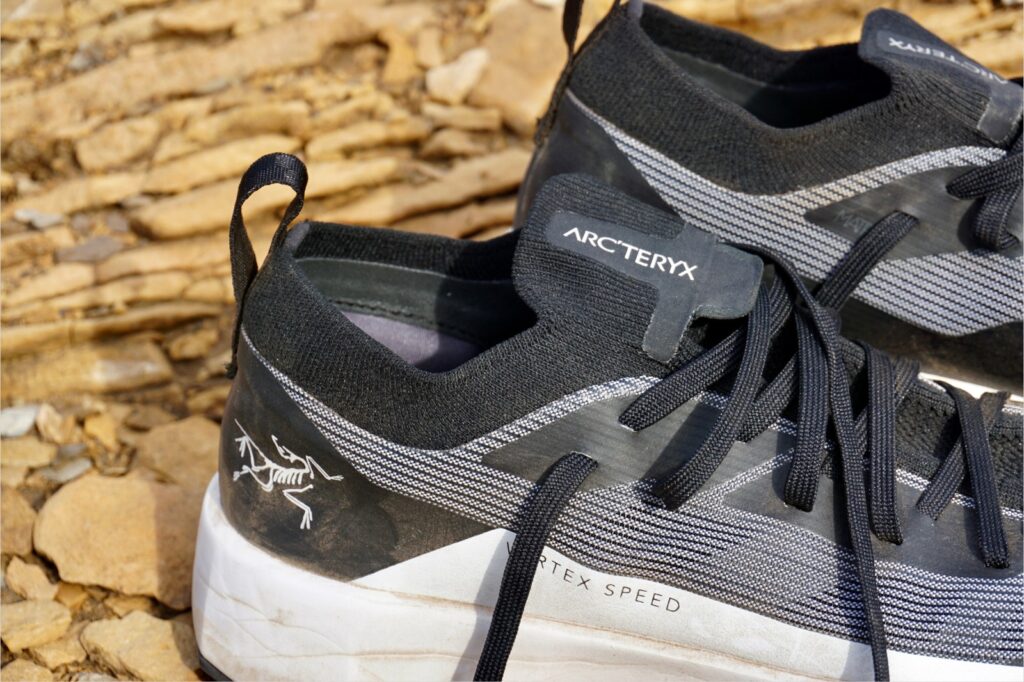
MICHAEL: While I just spent way too much time talking about how much I love how precise this shoe is, precision in design naturally results in some amount of exclusivity.
First, the dual-density midsole compound limits what this shoe is really good for and excludes the Vertex Speed Low from ultra-racing duties. Allison is correct, it’s kind of harsh when you first step in, and only finds its stride in very unique scenarios like the Old Rag route I spelled out above. It feels strange to call a shoe this lightweight clunky, but that’s the best word to describe what happens when you point it down a flat, featureless trail. Simply put, the Vertex Speed needs one of two things to shine: technical, rocky terrain, or seriously steep climbs or descents. If you’re not on one of those trails, the design will feel slightly disjointed and out of place.
Second, the super slim, precise fit of the upper will naturally cause problems for those with wide feet — it’s as simple as that, really. Last but certainly not least, I would recommend going a full size down.
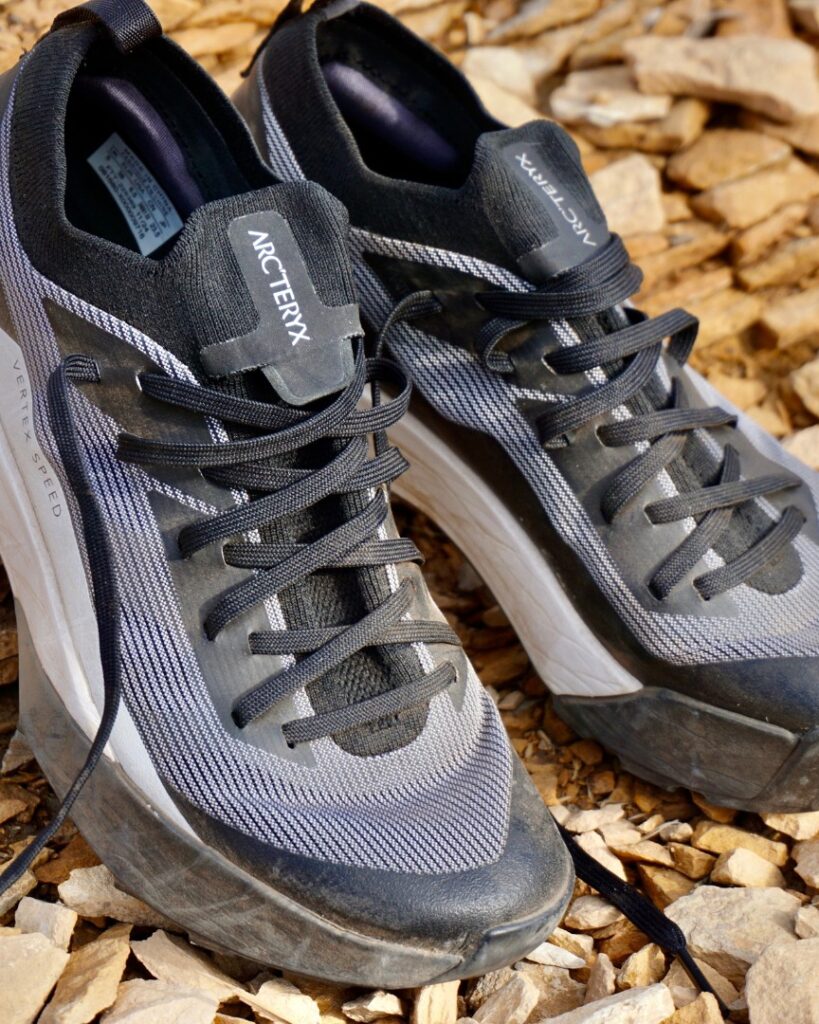

ALLISON: While the Arc’teryx Vertex Speed Low brings some technical credibility to the table, it’s not without its drawbacks, especially considering the premium price tag. Right off the bat, the outsole has a noticeably rigid, almost awkward, plastic-like feel. While that stiffness can offer stability on technical terrain, it sacrifices natural ground feel and makes the shoe feel a bit clunky on less demanding trails. This shoe feels so specialized that it limits its versatility. Unless you stick strictly to steep, rocky, or highly technical routes, you might find it overbuilt for everyday use.
The fit also raised a few concerns. While not uncomfortable, the toe box felt a bit too loose and roomy, which led to some slight sliding on descents. That could become a problem over long distances, especially when foot placement and control matter most. And putting the shoe on in the first place isn’t the smoothest process either — the rigid heel and snug opening can make it a bit of a wrestling match.
While the Vertex Speed Low has potential for the right adventure, its narrow focus and design quirks make it a tough sell for more general use, especially at this price.
REESE: The shoe is specific. This is not an all-around shoe you’d want for your daily driver AND your hiking shoe. Headed to the Dolomites for a scrambling walk/hike/run to a ridge? Yes, bring this. It could MAYBE do well in a few of the Cirque Series races, as long as they are primarily scrambling and minimal running. The stiffness of the shoe, combined with the slim fit, doesn’t lend itself to the versatility of a true trail runner.
Additionally, because it’s so slim, even if you’re hiking/running up and down technical trails, I can see that anyone with wide feet or anyone who experiences foot swelling (as is normal after a few hours of moving) would find this pretty uncomfortable. In terms of sizing, I typically wear a US W7.5, but in the Sylan Pro, I wore a W6.5, and in the Vertex Speed, I had a W6. I could have sized up to the W6.5, but I’m somewhere in between. So, similar to Michael’s recommendation, consider going down a full size.
Shop The Shoe - Men Shop The Shoe - Women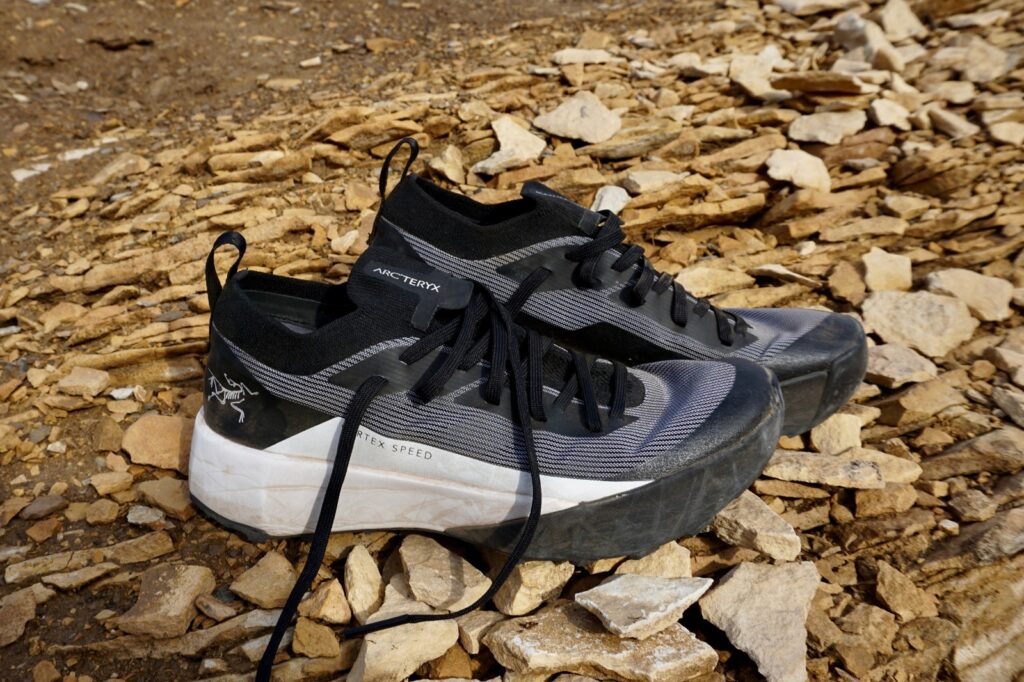
MICHAEL: Allison summed this one up perfectly. If you’re looking for lightweight precision and speed for your summer alpine assaults, the Arc’teryx Vertex Speed Low deserves consideration. It’s unique, no doubt, but if you’re looking for a bridge between a race-focused trail shoe and the protection and precision of a climbing shoe, this shoe stands out in a class of its own.
ALLISON: When gearing up for your next mountain adventure, consider adding the Arc’teryx Vertex Speed Low to your lineup—especially if you’re into firm, lightweight technical shoes. If precision and performance matter to you on the trail, this one’s worth a serious look.
REESE: The shoe has killer looks, is designed very well, and has great components. For me, it is kind of like a luxury or auxiliary shoe. It is perfect for someone who loves specialized gear and seeks out the perfect piece of gear for a very specific use case. If you are looking for a hybrid hiking or approach shoe, this one is absolutely terrific. All-around shoe? I’d move toward the Norvan or Sylan Pro.
You can pick up the Arc’teryx Vertex Speed Low for $180 from Arc’teryx by using the buttons below.
Shop The Shoe - Men Shop The Shoe - WomenHave something to say? Leave a Comment

An engineer living with his wife and cat in Birmingham, Ala., Michael loves chill morning runs in the neighborhood, but especially enjoys soaking up long miles of technical southeast singletrack. Occasionally, he’ll get a racing itch and actually string together some “organized” training for a trail race or FKT. In his free time, Michael enjoys books, backpacking, and hanging out with friends.
More from Michael
Reese Ruland is a Fort Collins, Colorado-based ultra trail runner with over 15 years of competitive running experience. She has a penchant for PopTarts, a gear addiction, and is always taking photos of her two French Bulldogs, Loaf and Oatie. In addition to her athletic endeavors, Reese serves as an ambassador for Project Heal, a nonprofit organization dedicated to promoting accessible mental health care for those affected by eating disorders. She’s also one of the fastest women ever to run R2R2R (7:59).
More from Reese
Born and raised in Atlanta, Georgia, Allison is a die-hard sports enthusiast and long distance runner. As co-leader of Trail Sisters and FKT manager, she’s dedicated to fostering community and empowerment in the outdoors. Fun fact: she met her husband on Strava, proving that it does go down in the DMs.
More from Allison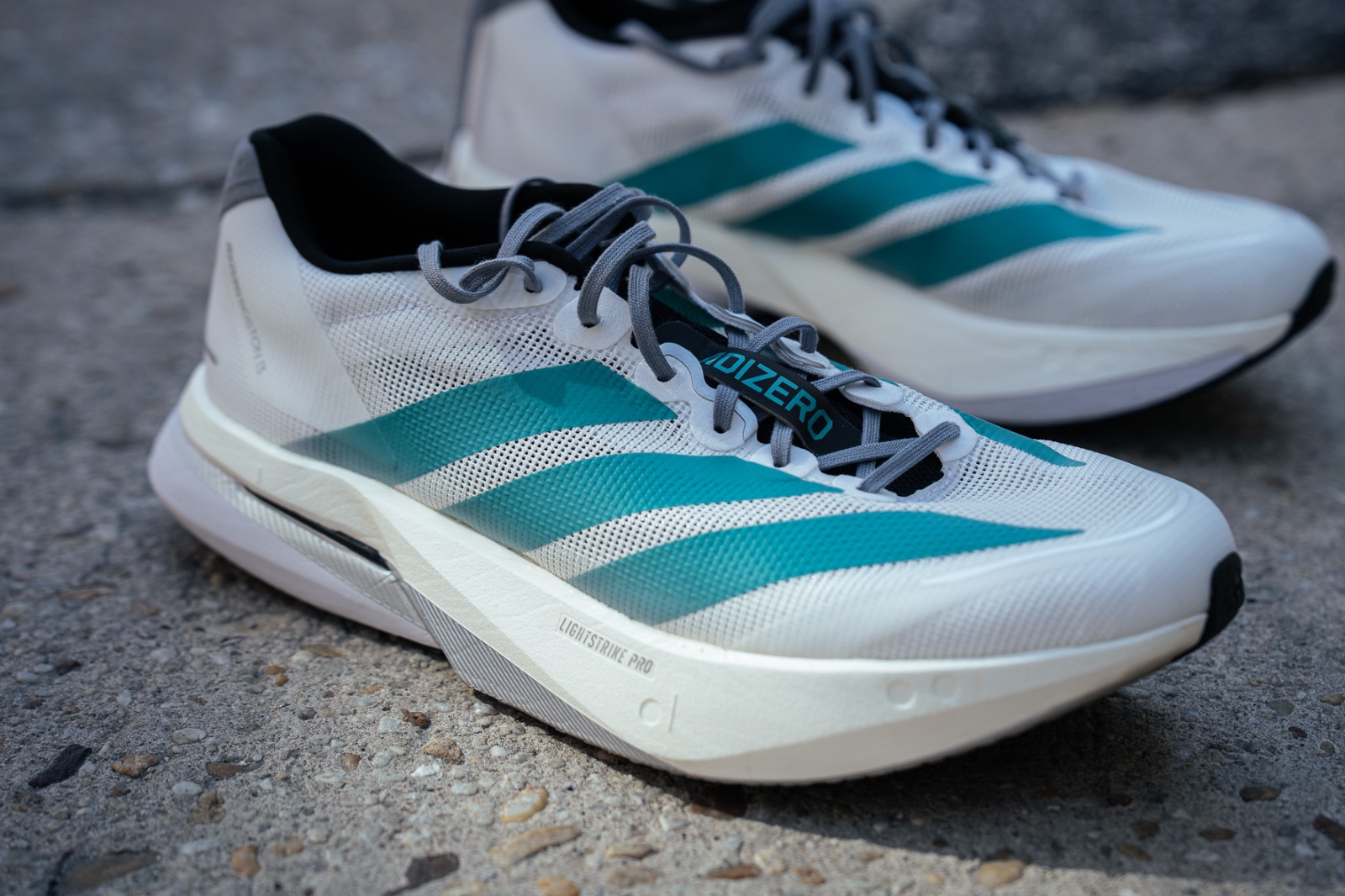

I bought a pair, but I am selling it ASAP.
The fit is… complicated! Took me quite a few tries to get it right and select the right size.
But the big No-No is the stitching of the pull tab, inside the soft collar : what were they thinking??? Never put a harder piece of fabric with stitching on an obviously rubbing area… Super annoying to feel rubbing on my Achilles.
So obviously the Arc’teryx product manager is still very junior and should learn!